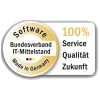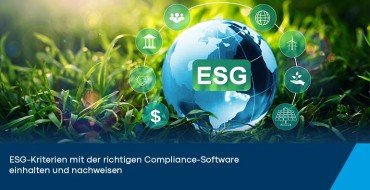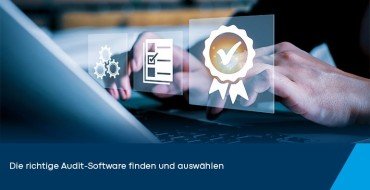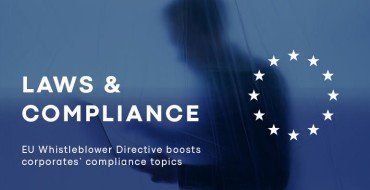On the one hand, the superseded ISO 19600, which has been further developed and adapted in ISO 37301, considers compliance management systems and pursues the objectives of identifying irregular behavior by managers and employees. On the other hand, it aims to demonstrably ensure the compliance with supervisory and control obligations. A distinction is made between mandatory compliance and voluntary codes. Concrete implementation is achieved, for example, through instructions for action, checklists, behavioral guidelines and process descriptions. Risk analyses are integrated. The ISO standard is scalable. Therefore, it can be implemented in organizations of all sizes. Organizations benefit in many ways when they actively manage their compliance, for example when it comes to avoiding penalties, liability risks or maintaining a good reputation. Consistent compliance management is particularly relevant in the following areas: Tax law, commercial law (national and international), labor law, antitrust law, product safety, IT security, money-laundering, corruption, antitrust law, environmental protection, etc.






































